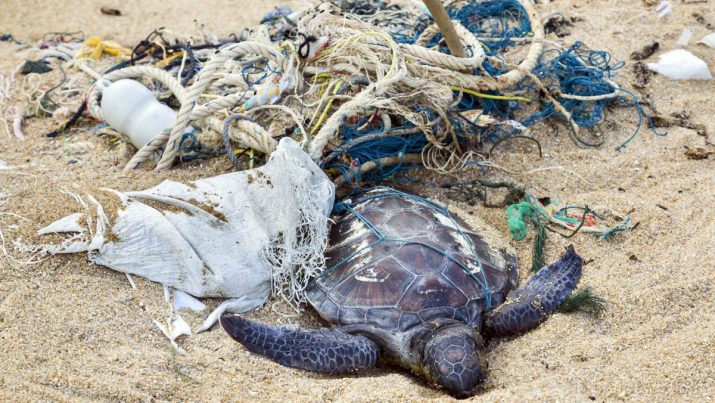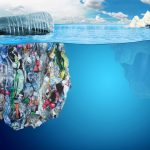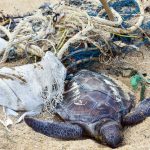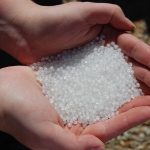
New study finds that 100 PERCENT of sea turtles have plastics in their bellies
Friday, March 15, 2019 by Edsel Cook
http://www.biosludge.news/2019-03-15-new-study-finds-that-100-percent-of-sea-turtles-have-plastics-in-their-bellies.html

The next time you come across a sea turtle in the wild, remember that there are pieces of plastic trash inside the animal’s belly. And if that is not stomach-churning enough for you, imagine the damage caused by jagged pieces of toxic pollutant tumbling inside your belly.
Researchers in the United Kingdom raised this issue after checking more than 100 turtles in three different oceans and seas. Given the results of their study, they warned that turtles and other forms of marine life are paying the price for the unfulfilled promises made by plastic manufacturers and governments when it came to cutting back on plastic pollution.
Supported by the University of Exeter and the marine conservation group Plymouth Marine Laboratory (PML), the study examined the digestive systems of turtles found in the Atlantic and Pacific Oceans and the Mediterranean Sea. It found plastics, smaller microplastics, and various synthetic items in the bellies of each and every single animal.
“This study provides more evidence that we all need to help reduce the amount of plastic waste released to our seas and maintain clean, healthy and productive oceans for future generations,” said Penelope Lindeque, the co-author of the scientific paper. (Related: Plastic trash polluting our oceans is expected to double by 2025…what is being done to stop this global crisis?)
Mediterranean sea turtles could have hundreds of plastic bits in their bellies
Lindeque and her research team had been studying microplastic pollution for many years. Time and again, they uncovered evidence that tiny plastic pollutants have contaminated almost every marine animal species that they have evaluated.
Microscopic zooplankton, fishes in adult and larval stages of life, and dolphins have all shown signs of accidentally eating plastic. Sea turtles are merely the latest in a long line of victims that the researchers looked over.
In the new study, the researchers safely extracted over 800 pieces of plastic from the guts of 102 turtles. The biggest particle measured less than half a centimeter in length, which is shorter than half the diameter of a penny.
Based on their estimates, the typical turtle would have around 150 plastic particles inside its digestive system. The amount varied according to the sea or ocean the animal lived in.
Of the three bodies of water involved in the study, the Mediterranean Sea displayed the highest level of plastic contamination. Some of the turtles living in that sea turned out to have up to 500 pieces of plastics inside their bodies.
The unknown health hazards posed by microbeads and other microplastics
The plastic trash recovered from the digestive systems of the sea turtles originated from a variety of sources. Cigarettes, polyester clothing, marine gear, and automobile tires proved to be the most common sources of these pollutants.
The researchers also found microbeads inside a good number of the animals. These tiny plastic spheres used to be the rage for certain personal care and beauty products, such as body washes and facial scrubs. However, the U.S. banned them in 2015 with the U.K. following suit in 2018.
Lindeque and her co-author Dr. Emily Duncan warned against underestimating the dangers of microbeads and other small bits of plastic contaminants. While microplastics were much less likely to become a deadly choking hazard to the animals that accidentally consumed them, the tiny pollutants could pose a different kind of threat to health.
“Future work should focus on whether microplastics may be affecting aquatic organisms more subtly,” Duncan remarked on the little-known effects of microplastics on sea turtles and other marine organisms. “For example, they may possibly carry contaminants, bacteria or viruses, or they may affect the turtle at a cellular or sub-cellular level.
Sources include:





